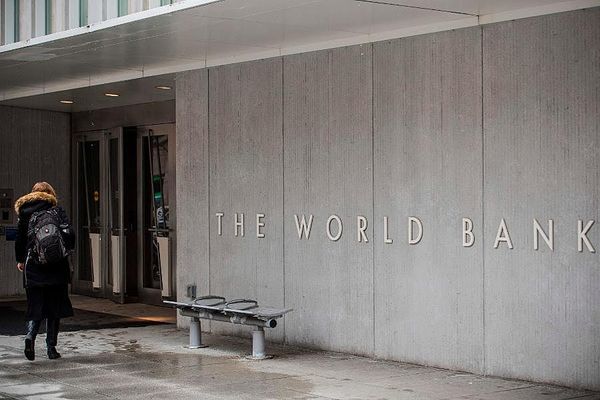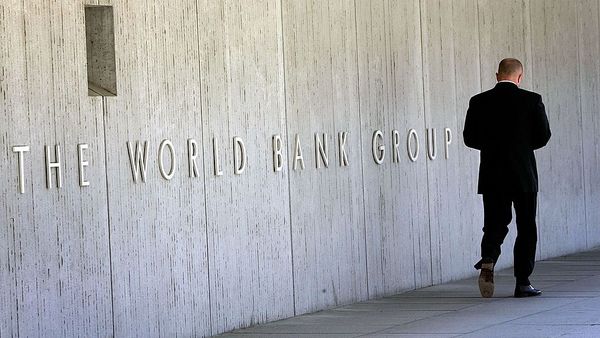
The World Bank has highlighted the risk of a fresh global debt crisis after warning of the biggest buildup in borrowing in the past 50 years.
In its half-yearly Global Economic Prospects (GEP), the Washington-based organisation said of the four waves of debt accumulation since the 1970s, the latest was the largest, fastest and most broad-based.
The World Bank, which provides loans and grants to developing and emerging economies to help tackle poverty, said there could still be a financial crisis even though historically low interest rates were making debts more manageable.
“Low global interest rates provide only a precarious protection against financial crises,” said Ayhan Kose, a World Bank official. “The history of past waves of debt accumulation shows that these waves tend to have unhappy endings. In a fragile global environment, policy improvements are critical to minimise the risks associated with the current debt wave.”
Total emerging and developing economy debt reached almost 170% of gross domestic product in 2018 – or $55tn (£42tn) – an increase of 54 percentage points of GDP since 2010. China accounted for the bulk of the increase – in part due to its size – but the build-up was broad-based, and included other big emerging economies such as Brazil.
The World Bank said financial turmoil in emerging and developing economies was one of the threats to its forecast of a slight strengthening of global growth this year, from 2.4% to 2.5%.
The modest pick-up in activity would depend, the GEP said, on a better year for some of the large emerging economies – such as Argentina, Mexico and Turkey – that struggled in 2019. But the World Bank stressed there were downside risks to its forecast.
“This rebound is not broad-based; instead it assumes improved performance of a small number of large economies, some of which are emerging from a period of substantial weakness. About a third of emerging market and developing economies are projected to decelerate this year due to weaker-than-expected exports and investment.”
The World Bank’s concerns that countries could be borrowing excessively stem from the recent history of financial distress, with each crash preceded by an accumulation of debt. The build-up since 2010 had been concentrated in emerging and developing countries rather than in advanced nations.
In about 80% of emerging and developing economies total debt was higher in 2018 than in 2010 and the World Bank said they had been “navigating dangerous waters” because the current wave of borrowing had coincided with a decade of repeated growth disappointments. Heavily indebted countries were now confronted by weaker growth prospects in a fragile global economy.
The GEP said debt was rising among emerging countries, in contrast with previous episodes – such as the 1980s Latin American debt crisis – when the debt build-up was region specific. More than a third of emerging and developing economies had experienced an increase in debt of at least 20 percentage points of GDP. In addition, debt accumulation had been in both the public and private sectors, which contrasted with past waves when the build-up was either by the government or private firms.
The World Bank said countries should seek to reduce the likelihood of crises and lessen their impact should they materialise by building resilient monetary and fiscal frameworks, instituting robust supervisory and regulatory regimes, and following transparent debt management practices.
“However, high debt carries significant risks for emerging and developing economies, as it makes them more vulnerable to external shocks. The rollover of existing debt can become increasingly difficult during periods of financial stress, potentially leading to a crisis,” it said.
• This article was amended on 9 January 2020 because the heading on an earlier version of the chart gave 165 as the dollar figure for 2018 debt in emerging and developing economics – instead of as the percentage of these countries’ GDP.










